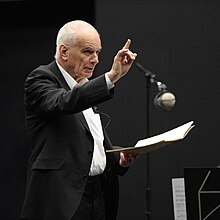The Symphony No. 6 in B minor, Op. 54 by Dmitri Shostakovich was written in 1939, and first performed in Leningrad on 21 November 1939 by the Leningrad Philharmonic Orchestra under Yevgeny Mravinsky.
The Symphony No. 10 in E minor, Op. 93 by Dmitri Shostakovich was premiered by the Leningrad Philharmonic Orchestra under Yevgeny Mravinsky on 17 December 1953, following the death of Joseph Stalin in March of that year. It is not clear when it was written: according to the composer's letters composition was between July and October 1953, but Tatiana Nikolayeva stated that it was completed in 1951. Sketches for some of the material date from 1946.

The Symphony No. 104 in D major is Joseph Haydn's final symphony. It is the last of the twelve London symphonies, and is known as the London Symphony. In Germany it is commonly known as the Salomon Symphony after Johann Peter Salomon, who arranged Haydn's two tours of London, even though it is one of three of the last twelve symphonies written for Viotti's Opera Concerts, rather than for Salomon.

The Symphony No. 100 in G major, Hoboken I/100, is the eighth of the twelve London symphonies written by Joseph Haydn and completed in 1793 or 1794. It is popularly known as the Military Symphony.
The Young Person's Guide to the Orchestra is a 1945 musical composition by Benjamin Britten with a subtitle Variations and Fugue on a Theme of Purcell. It was based on the second movement, "Rondeau", of the Abdelazer suite. It was originally commissioned for the British educational documentary film called Instruments of the Orchestra released on 29 November 1946, directed by Muir Mathieson and featuring the London Symphony Orchestra conducted by Malcolm Sargent; Sargent also conducted the concert première on 15 October 1946 with the Pool Philharmonic in the Philharmonic Hall, Liverpool, England.

Symphony No. 88 in G major was written by Joseph Haydn, for the orchestra of Esterháza under the benevolent Prince Nikolaus Esterhazy. It is notably the first of his symphonies written after the completion of the six Paris symphonies in 1786.

The Symphony No. 99 in E♭ major, Hoboken I/99, is the seventh of the twelve London symphonies written by Joseph Haydn. The symphony was written in 1793 in Vienna in anticipation for his second trip to London. The work was premiered on 10 February 1794 at the Hanover Square Rooms in London, with Haydn directing the orchestra seated at a fortepiano. This concert series featuring Haydn's compositions was organized by his colleague and friend Johann Peter Salomon.
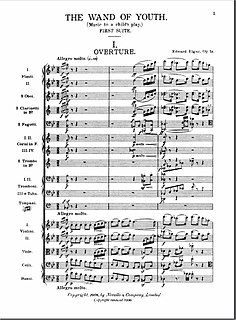
The Wand of Youth Suites No. 1 and No. 2 are works for full orchestra by the English composer Edward Elgar. The titles given them by Elgar were, in full: The Wand of Youth First Suite, Op. 1a (1869–1907) and The Wand of Youth Second Suite,.
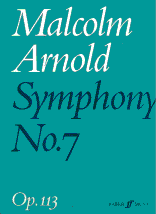
The Symphony No. 7, Op. 113 by Malcolm Arnold was finished in 1973. It is in three movements:
Polish composer Witold Lutosławski wrote his Symphony No. 4 in 1988–92, completing it on 22 August 1992.
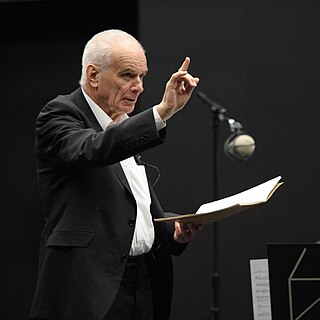
The Symphony No. 2 by Peter Maxwell Davies was commissioned by the Boston Symphony Orchestra in celebration of its centenary, and was composed in 1980. Seiji Ozawa conducted the world premiere with the BSO on 26 February 1981 at Symphony Hall, Boston.

The Symphony No. 6 by Peter Maxwell Davies was composed in Hoy during the first half of 1996, and was premiered on 22 June of the same year in the Phoenix Cinema, Kirkwall, as part of the twentieth St Magnus Festival, Orkney, by the Royal Philharmonic Orchestra conducted by the composer. The work was written with specific members of the RPO in mind, and is dedicated to the memory of the poet George Mackay Brown, who died on the day the symphony was completed.

The Symphony No. 3 by Peter Maxwell Davies was composed in 1984 on a commission from the BBC Philharmonic, who gave the world premiere on 19 February 1985, at the Free Trade Hall in Manchester, with Edward Downes conducting.

The Symphony No. 4 by Peter Maxwell Davies was commissioned for the Scottish Chamber Orchestra by Christian Salvesen plc and composed in 1989. It is dedicated to the memory of the violinist John Tunnell, who had been leader of the orchestra, and was premiered at the Royal Albert Hall on a BBC Promenade Concert on 10 September 1989, with the composer conducting the Scottish Chamber Orchestra.

The Symphony No. 5 was composed by Peter Maxwell Davies in 1994 on commission from the Philharmonia Orchestra, who gave the world premiere under the composer’s direction at a BBC Promenade concert on 9 August 1994, at the Royal Albert Hall in London.

The Symphony No. 1 by Peter Maxwell Davies was composed between 1973 and 1976, and is dedicated to Sir William Glock, "as a mark of friendship and of appreciation of his work for contemporary music in his years as music controller at the B.B.C.". It was commissioned by the Philharmonia Orchestra, which gave the premiere of the symphony at the Royal Festival Hall, London, on 2 February 1978, with Simon Rattle conducting.

The Symphony No. 8 is an orchestral composition by Peter Maxwell Davies, completed on 15 December 2001.
The Symphony No. 1 by Polish composer Krzysztof Penderecki was composed in 1973. It was published by Polish Music Publishing House and Schott Music and has never been expanded or revised.
Worldes Blis is a motet for orchestra by the British composer Peter Maxwell Davies. It was first performed at The Proms on 28 August 1969 by the BBC Symphony Orchestra conducted by the composer.
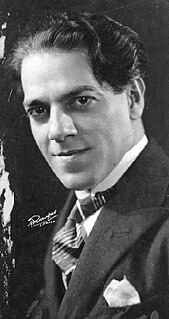
Symphony No. 2, Ascensão (Ascension) is a composition by the Brazilian composer Heitor Villa-Lobos, written between 1917 and 1944.
